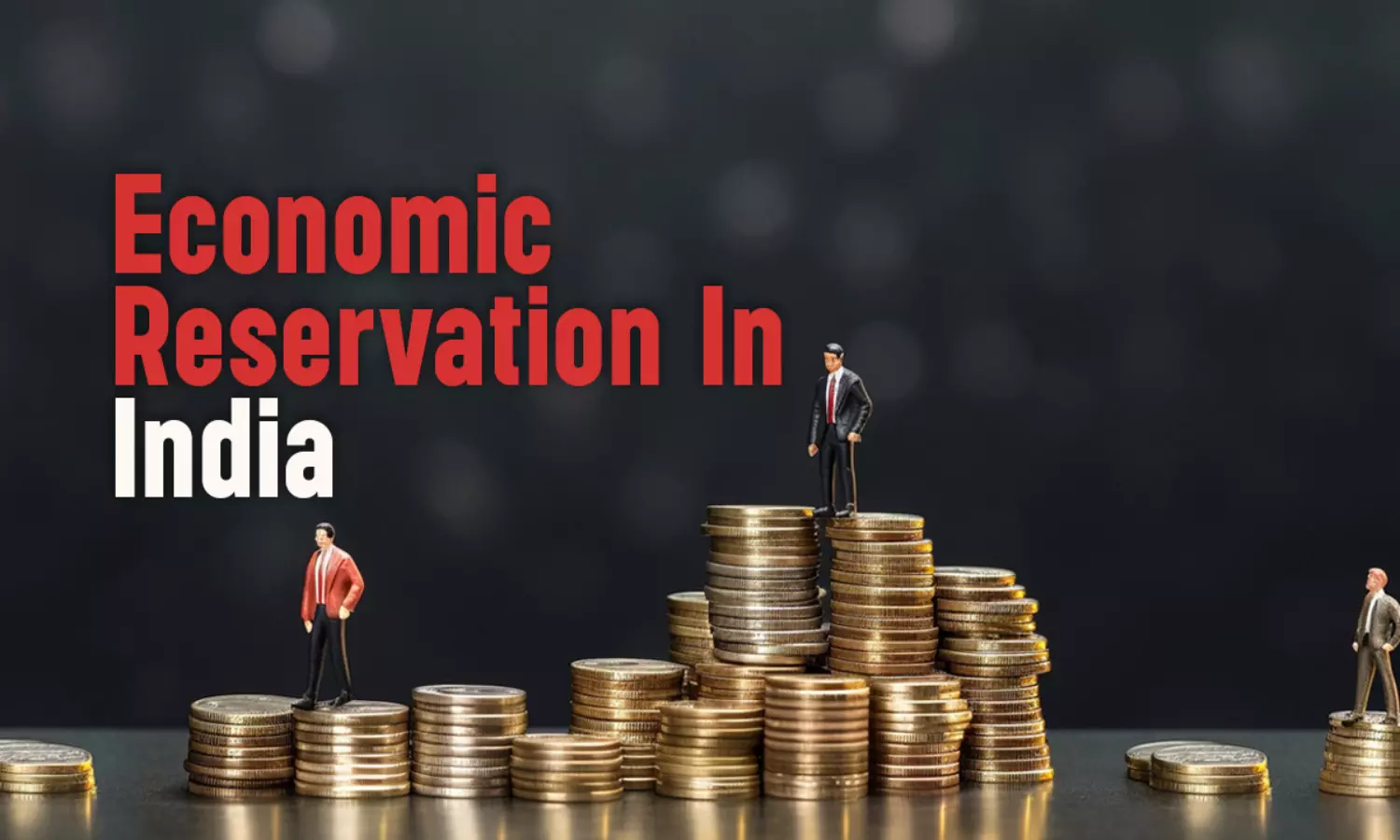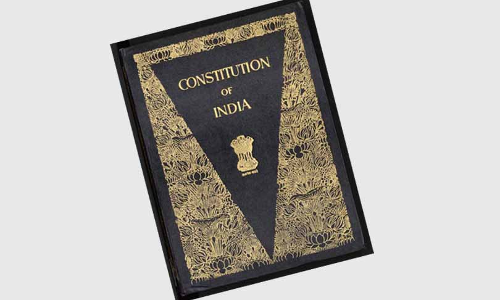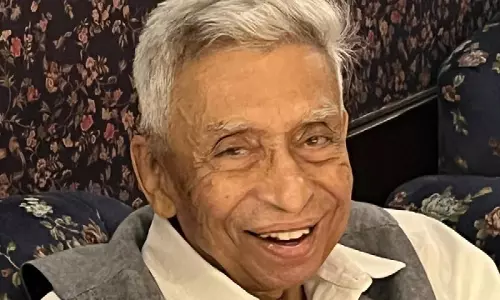
Scheduled Castes (SCs) and Scheduled Tribes (STs) in India represent some of the most socio-economically disadvantaged groups, as recognized under the Constitution to facilitate equality initiatives. Historically, these groups have faced systemic barriers to equal opportunities in education and employment, often due to their perceived social inferiority. To mitigate these...
Scheduled Castes (SCs) and Scheduled Tribes (STs) in India represent some of the most socio-economically disadvantaged groups, as recognized under the Constitution to facilitate equality initiatives. Historically, these groups have faced systemic barriers to equal opportunities in education and employment, often due to their perceived social inferiority. To mitigate these disparities, certain states, like Punjab, have sought to extend additional protections to the most marginalized sub-groups within the SC/ST categories, though such efforts have frequently encountered judicial scrutiny.
A notable example is the 1975 notification by Punjab, which prioritized reservations for the Balmiki and Mazhabi Sikh communities, among the most backward in the state. This decision was challenged after the Supreme Court's ruling in E V Chinnaiah v. State of Andhra Pradesh (2004), where the court struck down similar laws, asserting that SC/STs were a homogenous group which can not be further segmented. The court held that any attempts to create differentiation within the SC list would effectively amount to "tinkering" with it, a power that the Constitution does not grant to states. Instead, Article 341 empowers only the President to list castes, races, or tribes as SCs through a public notification.
However, in a recent landmark ruling, a 6:1 Bench headed by Chief Justice D YChandrachud overturned the 2004 decision, allowing states to create sub-classifications within the SC/ST categories to provide broader protections to the most disadvantaged groups. The ruling recognized that SCs are not a homogenous entity and that distinct groups within this broader categorization require tailored action. This decision has paved the way for states to establish sub-quotas to address the varying social and economic conditions among these communities.
Though, the implementation of sub-classifications presents several challenges. Accurate data collection and empirical evidence are essential for justifying these decisions. States must ensure that data is both comprehensive and free from biases, as this information will be critical not only for substantiating sub-classifications but also for monitoring their impact and making necessary adjustments over time. Additionally, the balancing of interests among different sub-groups within the SC/ST categories is complex. While sub-classification allows for more tailored policies, it risks creating variations across states that could undermine the broader goals of reservation systems.
Political resistance is another significant obstacle. Amendments in the reservation structure are often contentious, with different political factions either supporting or opposing these changes based on their constituency's interests. Such resistance can delay policy implementation and provoke conflicts, further complicating the process. Moreover, there is a risk that sub-classification could heightens existing social antagonism within SC/ST communities, potentially leading to intra-community conflicts and divisions. Addressing these concerns necessitates a nuanced approach and a steadfast commitment to fostering cohesion within these communities.
Moving forward, states must consider historical injustices, economic inequalities, and social factors when designing sub-classification policies, ensuring fairness and avoiding political motivations. The upcoming Census could provide an opportunity to collect detailed data on SCs and STs, including information specific to sub-groups. Independent data validation procedures should be implemented to ensure transparency and integrity.
Defining clear, objective criteria for sub-classification is essential, with a focus on socio-economic indicators rather than caste or tribal affiliations. Monitoring the impact of these policies and adjusting them based on outcomes will help ensure that benefits reach the intended beneficiaries. Recognizing sub-classification as a temporary measure to address historical disadvantages is also important, with a long-term focus on the overall socio-economic advancement and empowerment of SCs and STs. As broader social and economic conditions progress, reliance on reservations should gradually be reduced.
The implications of the recent Supreme Court ruling are significant, as it allows for a more nuanced approach to affirmative action policies within India. The recognition that SCs and STs are not homogenous groups opens the door for more targeted interventions, which could potentially address the disparities within these categories more effectively. However, the implementation of such policies must be carefully managed to avoid exacerbating social tensions and to ensure that the intended benefits reach the most disadvantaged communities.
One of the key challenges will be the collection and analysis of data to support sub-classification decisions. States will need to rely on comprehensive and accurate data that reflects the socio-economic conditions of different sub-groups within SCs and STs. This data will be crucial not only for justifying sub-classifications but also for monitoring the impact of these policies and making necessary adjustments over time.
Moreover, there is a delicate balance to be struck between ensuring uniformity in reservation policies across different states and allowing for the flexibility needed to address local needs. While sub-classification allows for tailored policies, it may also lead to variations that could undermine the overall goals of reservation systems. Ensuring that these sub-categories do not dilute the effectiveness of broader reservation policies will require careful consideration and ongoing oversight.
Additionally, there is the risk that sub-classification could intensify existing social tensions within SC/ST communities. The creation of sub-categories might lead to intra-community conflicts and divisions, particularly if certain groups perceive themselves as being unfairly disadvantaged by the new policies. Addressing these concerns will require sensitive handling and a commitment to fostering unity within these communities.
From an administrative standpoint, the creation, administration, and periodic revision of sub-categories will impose a significant burden on government agencies. This task will necessitate additional resources, including manpower and technological support, to ensure that the sub-classification system is both efficient and effective. States must be prepared to invest in these resources to make the system work.
Looking ahead, it is crucial for states to approach sub-classification with clear and objective criteria, prioritizing socio-economic indicators over caste or tribal affiliations. This approach will help ensure that the most disadvantaged groups receive the necessary support. States should also recognize sub-classification as a temporary measure aimed at addressing historical disadvantages, with the ultimate goal of promoting the overall socio-economic advancement and empowerment of SCs and STs.
Monitoring the impact of sub-classification policies and adjusting based on outcomes will be essential to their success. States should establish mechanisms for regular evaluation and feedback, allowing for the refinement of policies as needed. Moreover, as broader social and economic conditions improve, there should be a gradual reduction in the reliance on reservations, with a shift towards more holistic development strategies that benefit all members of society.
In conclusion, while the recent Supreme Court ruling represents a significant shift in India's approach to affirmative action, the implementation of sub-classification policies—combined with economic reservations—presents both opportunities and challenges. Through careful planning, transparency, and a focus on long-term socio-economic empowerment, states can make substantial progress toward achieving greater equality for all citizens.
Amit Pandey is an Advocate practicing at High court Lucknow bench & Shubham Singh Sengar is pursuing PhD sociology from Ram Manohar Lohiya National Law University. Views are personal.




